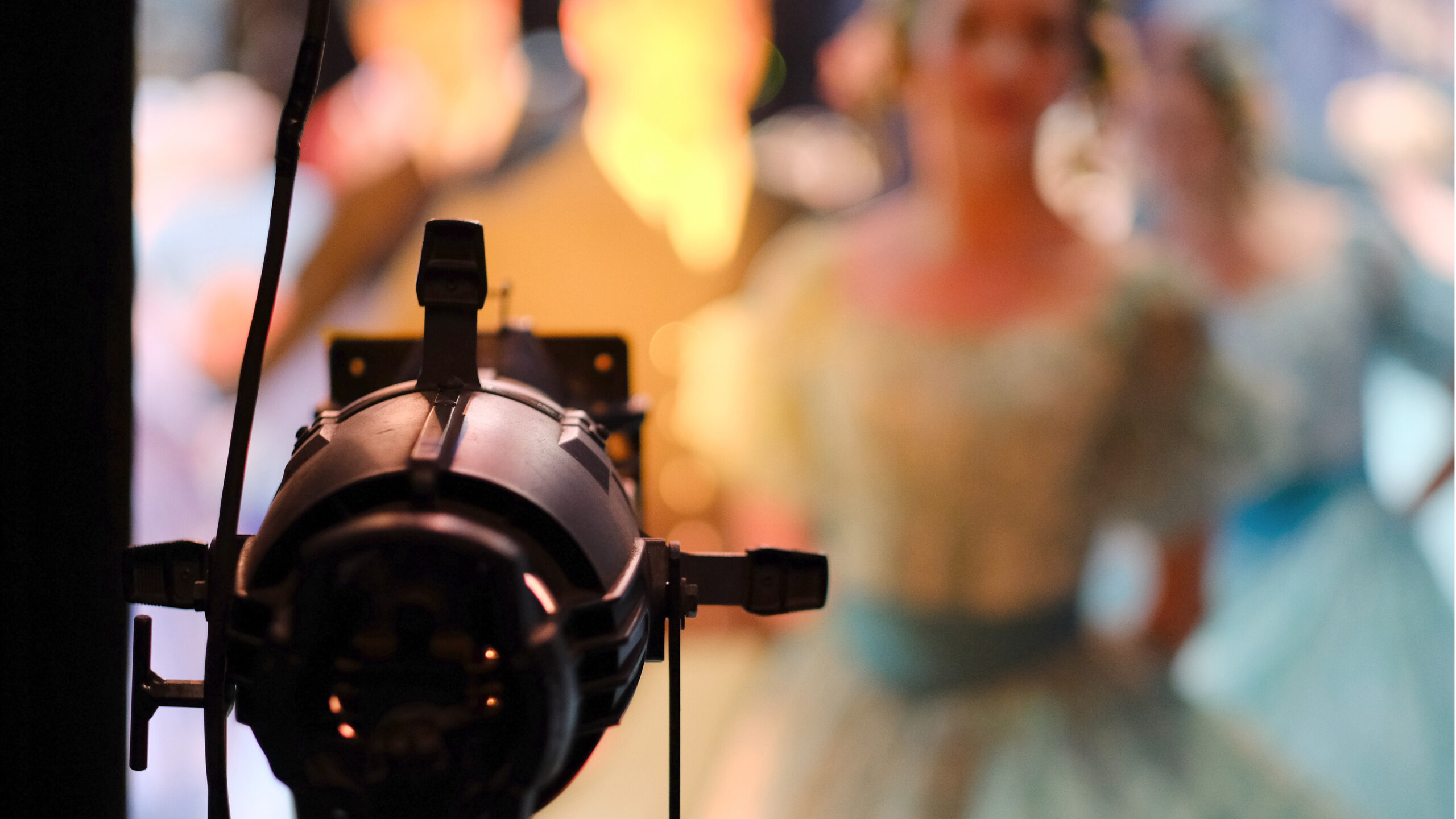How do creatives sustain their careers?
We used large UK datasets to map how careers work in creative occupations, showing how having a second job is twice as prevalent in key creative jobs than occupations; mixing creative and non-creative jobs is normal, especially outside London; and having a non-creative main job and a creative “side hustle” rarely leads to a single full-time creative job.
Having multiple jobs isn’t a stepping-stone into full-time creative work. It is how creatives sustain their careers.
Who has two jobs?
We used the UK Labour Force Survey (2015–2021) to look at occupational and social patterns, and Understanding Society (2011–2019) for longitudinal transitions. We used the DCMS definition of creative occupations, rather than industries (so graphic designers working in retail are in, accountants working in theatres are out). We also developed a typology of multiple jobholding: portfolio (both jobs creative); main creative (creative main job plus a non-creative second job); side creative (non-creative main job plus a creative second job).
We found that having a second job is almost twice as common for core creative workers, (arts/culture production such as music, performance, visual arts, publishing, museums/libraries, film/TV/photo) compared to the rest of the workforce (6.8 per cent, against 3.5 per cent) but less common (3.2 per cent) for non-core creative jobs (advertising, architecture, crafts, design, IT). Some roles are extreme outliers, with relatively high proportions of actors (14 per cent) and musicians (12.8 per cent) having second jobs.
These proportions are higher than the general workforce, but they are also lower than popular discourse might suggest. This might be explained by how the data is collected (both jobs need to have been worked at during the same, specified, week). Even with this note of caution, the demographic patterns of multiple jobholding, and changes over time, give important insights into creative careers.
The type of second job held by people whose first job is creative is important. For those with second jobs, 38 per cent of those jobs are in other core creative occupations- true “portfolio” work. A further 27.5 per cent of those jobs are professional but non-creative roles, especially teaching and corporate training. And 25.5 per cent are non-creative, non-professional roles, for example retail, hospitality and admin roles.
Even more notable was the size of the core creative workforce whose creative occupation was a second job: there are far more people with a non-creative first job and core creative second job (about 113,000 per year) than there are core creatives with a second job (about 54,000 per year). In other words, where people have two jobs, creative work is more often the add-on rather than the main job.
What other characteristics have an impact?
Our analysis compared multiple jobholders to creatives with a single job, and found that combining creative and non-creative work is significantly more likely outside London. Outside the capital, sustaining a purely creative main job looks harder, and mixing jobs is more common.
Portfolio workers are more likely to be graduates and to come from non-middle class backgrounds than are single-job creatives. Side creatives are much more likely to be employees (rather than self-employed) in their main job, suggesting that it is more about balancing income volatility than it is about enjoying the freedom of self-employment. However, main creatives are less likely to be employees—reflecting the prevalence of self-employment in core creative roles. And side creatives are more likely to be men.
Part-time work signals both constraint and choice: creatives in multiple jobs are more likely to work part-time because they couldn’t find full-time work—but also more likely to say they didn’t want full-time, suggesting both labour market scarcity and preferences are in play.
Covid changed things, but did not totally overturn these patterns. In 2021 the share of workers making their living only from creative jobs fell, while main and side creative patterns increased—consistent with pandemic disruption pushing creatives to diversify.
Does a creative side-job turn into a creative main job?
After one year, portfolio and main creatives are somewhat more likely to move to a single creative job (45 per cent and 39 per cent, respectively) than to remain in their dual-job pattern (31 per cent and 36 per cent). Side creatives mostly remain side creatives – they rarely report a single creative job after a year. After three years, the pattern hardens: side creatives are still the least likely to have moved into a single creative job. Dual-jobholding looks like a strategy for persisting with a creative career rather than transitioning fully to a single creative job.
Policymakers should understand that dual jobholding is an endemic and long-lasting feature of creative work. It needs to be incorporated into “good work” policies, rather than removed completely from the creative economy. It can be an important counterbalance to income volatility associated with creative projects.
This research also has implications for one of the common measures of success for graduates, which specifies a good, skilled, full-time job. Creative occupations are counted as skilled, but the LFS analysis shows how difficult it is to find full time creative work, and that creative work is highly likely to be hidden behind primary employment in a less-skilled occupation. This means that in various places, including regulatory outcomes and league tables, there is a likelihood of positive outcomes for creative graduates being under-reported.
At the same time, policy must address the inequalities associated with creatives and second jobs. For example, the chances of making a living solely from creative work outside London are substantially lower, and London-centric career pathways are unrealistic for many during a cost-of-living crisis.
For many creatives, multiple jobholding isn’t a stepping stone on the way to a single steady role, it’s their actual career. It should not be understood as a failure to “achieve” a single creative job. It is a pragmatic but unequal employment pattern, which needs to be accounted for in industrial strategies.







